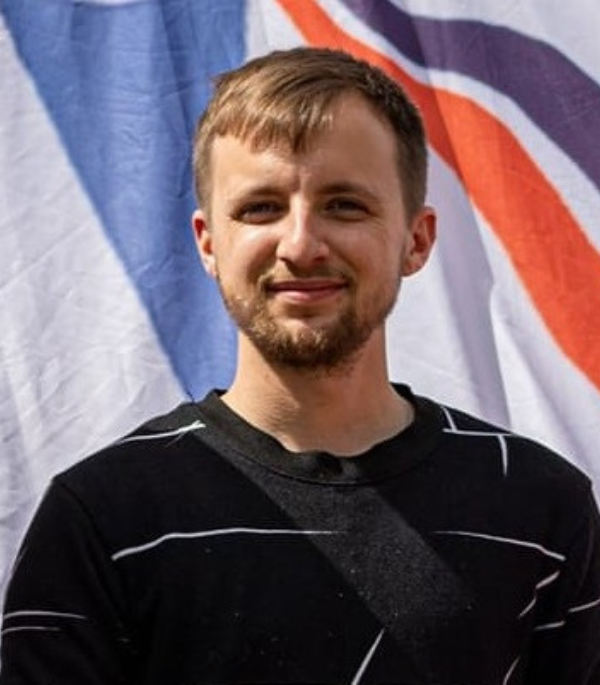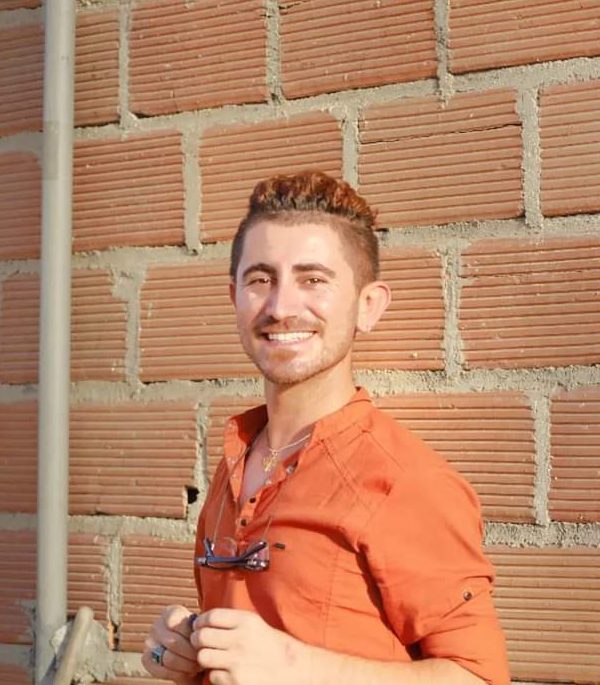
Northeast Syria’s Industrial Revolution: Advances and Challenges
Northeast Syria, or West Kurdistan (Rojava), has faced structural economic neglect compared to other parts of the country for decades. From the earliest days of the Syrian Arab Republic’s existence, the region was designated as the breadbasket of the country, with agriculture as its primary product. Nearly all of Syria’s industry was concentrated in larger cities, mainly Aleppo and Damascus. These cities boasted large industrial zones with massive factories. By contrast, the Jazira region in the northeast and the majority-Kurdish areas near the border with Turkey were left underdeveloped.
The Syrian state gave various reasons for limiting industrial development in Jazira. It claimed that the land was reserved for agricultural purposes, that the area was not suitable for tall or large buildings, and that building large factories so close to the border posed a security risk. Decree 193, issued in 1952, forbade the building on or improvement of all agricultural lands adjacent to the border. A subsequent decree applied this decision to all of al-Hasakah governorate.
Industrialists across northeast Syria believe that these decisions were made in order to keep the region deliberately undeveloped and prevent industrial and economic progress in Kurdish areas.
“Before 2011, the regime created social, economic, and political obstacles in our regions. The Baathist regime forbade the progression of industry in our region, and in Jazira in particular,” said Ekrem Suleyman, the administrator of the Industrialists’ Chamber of North and East Syria.
“The regime didn’t accept these things. They created many excuses for this: they said it was too close to the border, etc. This ban, which occurred under many excuses, had the goal of creating an economic crisis in these areas, so that the society here would not reach a high economic level. Another excuse was that the region was known as an agricultural region, and for this they didn’t approve of the construction of factories or industry,” he continued.
Political developments led to greater economic suppression. On March 12, 2004, the Jihad soccer team, which represented the Jazira region, was playing a match against the Fituah team from Deir ez-Zor in the city of Qamishli. Fans of the Deir ez-Zor team raised photos of Saddam Hussein, who had massacred Kurds in Iraq, and chanted Saddamist slogans. After Jihad scored a goal, a fight broke out, which escalated into a massive riot. Security forces began to fire on the Jihad spectators, and protests and clashes spread not just in Qamishli city, but across the Kurdish regions of Syria. Around 30 people were killed and approximately 2,000 Kurds were arrested.
In the wake of this dark day, Damascus issued Law 41 of 2004, which replaced Decree 193 and established the punishment for violators at two years’ imprisonment and a fine of 100,000 Syrian pounds.
Four years later, Bashar al-Assad issued Decree 49 as an amendment to Law 41, which forbade trade of property and mortgages of border lands without prior government authorization. In practice, Kurds were largely denied the required permits. The same year saw the implementation of Decree No. 59, which mandated that all buildings found in violation of zoning laws were to be demolished.
“This forced the people living here to leave. The society was displaced. They went to Damascus, to Aleppo, and outside of Syria. For example, many went to Jordan and Lebanon,” Suleyman said.
60-year-old Mohammed Salih has a similar story to thousands of other Syrian Kurds who were forced to go to the cities to find work in factories.
“My children are all girls, except for one son. They worked in agriculture and it was very tough on them. So my wife and I went to Damascus to stay with my daughter in her home. I decided to stay and work in a factory and brought my other daughters with me later,” he said.
Salih recalls that most people from Jazira, and Kurds in particular, would work illegally so that factory owners would not have to pay worker’s compensation or taxes to the regime. In the clothing factory in which he worked, the shifts were twelve hours per day—sometimes more.
“If there was a factory here, we wouldn’t have gone to Damascus,” Salih added.
Industry in northeast Syria (NES) began to slowly progress in 2013, and expanded throughout 2014 and 2015. Now, according to statistics from the Industrialists’ Chamber, there are now over 3,000 factories in areas governed by the Autonomous Administration of North and East Syria (AANES).
The Hasakah region has 292 factories, mostly producing concrete blocks, plaster and other building materials, though a significant number also make candy, cookies, and cola. Kobane, which was almost entirely taken over by ISIS in 2014, is now home to 23 factories producing ice, cleaning products, oils, and more. Even the small town of Tel Tamr, which sits on the front lines with the Turkish-backed Syrian National Army (SNA), has five factories—two for concrete blocks and three for sweets.
Though the ousting of the regime from the northeast did create opportunities for industry to advance, industrialists still face a litany of challenges in establishing factories.
The many border gates between northeast Syria and areas held by the regime, Turkey, Turkish-backed opposition groups, and the Kurdistan Region of Iraq are almost entirely closed to commercial movement. Factory owners in northeast Syria say that such heavy taxes are levied on any goods exported from the region that any exported products would be sold at a loss.
Additionally, large machines and machine parts required for the establishment and maintenance of factories cannot be procured in NES. They must be brought in from regime-held areas or from areas held by Turkish-backed armed groups, each import incurring massive fees and taxes.
The economic crisis brought on by the conflict in Syria—particularly the wildly fluctuating dollar-Syrian pound exchange rate—combined with economic mismanagement has brought suffering on factory owners. Industrialists say that they are forced to buy subsidized raw materials in dollars but can only sell their products in Syrian pounds, leading to a massive loss of profit. For this reason, several factories exist on paper but only operate at partial capacity or even shut down entirely for some periods. Other factory owners want to sell their factories at a loss, but cannot find a buyer willing to invest such a risky and large sum of money.
By far the most serious obstacle to the establishment of factories is the security situation. Many industrialists state that even if the capacity for large-scale industrialization existed and factory owners were able to freely build and maintain their facilities, they are afraid that all their work and investment could be lost overnight.
This fear has been realized by factory owners from Afrin, which boasted thousands of factories producing clothing as well as olive oil and other olive products even after the Syrian crisis began. When Turkey invaded the Afrin region in 2018, the economic losses were catastrophic. Local economist Cheleng Omer estimates the value extracted from Afrin by Turkey and the SNA to be approximately three billion dollars. SNA militants disassembled and sold 109 out of the 295 olive presses in Afrin, as well as 17 out of the 44 olive soap and pulp extraction machines.
There are several steps that different stakeholders can take to address these problems and build on the successes of existing industrial activity.
An industrialization program should be started at AANES’ universities (Kobane University, Rojava University in Qamishli, and al-Sharq University in Raqqa) in order to encourage young entrepreneurs to pursue careers in industry and manufacturing.
The Autonomous Administration should encourage industrialists, and industrialists should encourage one another, to support each other and buy as many products and parts as possible locally rather than from outside. Factory owners from Turkish-occupied regions who lost their factories and equipment should be encouraged with compensation.
Relevant authorities in the AANES must listen to the demands of industrialists. The buying of raw materials and selling of products must be in the same currency (either dollars or Syrian pounds) in order to incentivize factory owners to continue their work. This will create a more self-sustainable economy, benefit AANES economically, and ensure less reliance on and profit for Turkey, the regime, and other entities, many of which aim to undermine and even destroy the Autonomous Administration.
Finally, sanctions exemptions and investment in local industry will be useless if the number one obstacle to industrialization—the security situation—is not addressed. Guarantor powers, primarily the United States, must commit to stopping attacks and staving off a potential Turkish invasion in order to ensure long-term security, peace, and prosperity.




